Fatigue is a persistent problem for EMS providers. Over half report work-related fatigue, creating potential hazards for their patients as well as drivers who share the road with them. But there have never been any credible recommendations to mitigate risk.
Until now. In January, the Fatigue in EMS Project issued first-ever evidence-based guidelines for EMS professionals and those who manage their schedules:
- Use fatigue/sleepiness survey instruments to measure and monitor fatigue.
- Limit work shifts to less than 24 hours.
- Provide access to caffeine.
- Provide the opportunity to nap while on duty.
- Provide education and training to mitigate fatigue and fatigue-related risks.
From this librarian’s perspective, what distinguished this project from others were its blitz-like pace and output. Within 21 months of my first meeting with lead investigator Daniel Patterson, assistant professor of emergency medicine, his project team had published the five guidelines and the seven systematic reviews on which they were based. These publications will be the basis for a special supplement of Prehospital Emergency Care.
Full disclosure: Things did not start from scratch at the point when I joined the team. By then, Patterson’s multidisciplinary expert panel had already completed a structured, iterative process to select seven research questions. These were in PICO format (Population, Intervention, Comparison, Outcome) and had been registered in PROSPERO, an international database of systematic reviews.
My search strategies concentrated on the population and intervention concepts. Population was constant, defined as people at least 18 years old working in EMS and other extended shift professions, including firefighters, police, pilots, truckers, nurses, physicians, and military personnel. Interventions evaluated are reflected in the five guidelines above. Evidence for two additional interventions was not strong enough to warrant recommendations.
The seven literature searches covered six databases, included thousands of search terms, and retrieved over 38,000 items, all of which the team reviewed for relevant evidence that was distilled into the guidelines.
The National Association of State EMS Officials (NASEMO) partnered with Patterson’s research team. Funding from the National Highway Safety Administration supported the project.
Patterson, currently a paramedic for Parkview EMS in O’Hara, says that he has a healthy respect and fear of fatigue when on duty. “It is that fear of what could happen when fatigued that drives me to do my best to use the strategies I know to work for me and supported by the evidence.”
~Pat Weiss
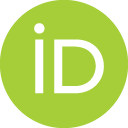 An ORCID iD is your lifetime author identifier that connects all aspects of your research career, no matter how often or where you move, or if your name changes for any reason. Database searchers worldwide will find your complete body of work, connecting you to potential co-authors, new opportunities, award nominations, or speaking invitations. Once your ORCID iD is registered, use Scopus to perform an author search and export all your publications to your ORCID account using
An ORCID iD is your lifetime author identifier that connects all aspects of your research career, no matter how often or where you move, or if your name changes for any reason. Database searchers worldwide will find your complete body of work, connecting you to potential co-authors, new opportunities, award nominations, or speaking invitations. Once your ORCID iD is registered, use Scopus to perform an author search and export all your publications to your ORCID account using 
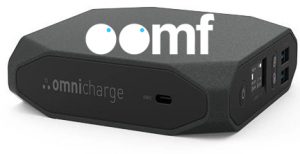 Finding a power outlet can be tough, so why not bring a power source with you? Falk Library now has two
Finding a power outlet can be tough, so why not bring a power source with you? Falk Library now has two 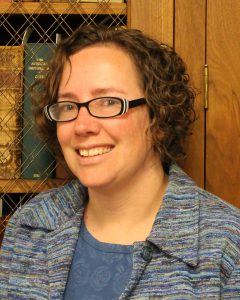
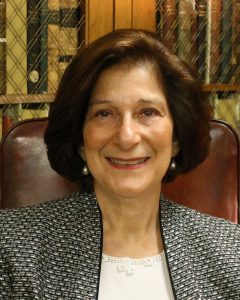
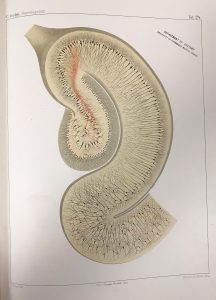
 Did you know that in 2015 climatologist Brian Brettschneider
Did you know that in 2015 climatologist Brian Brettschneider